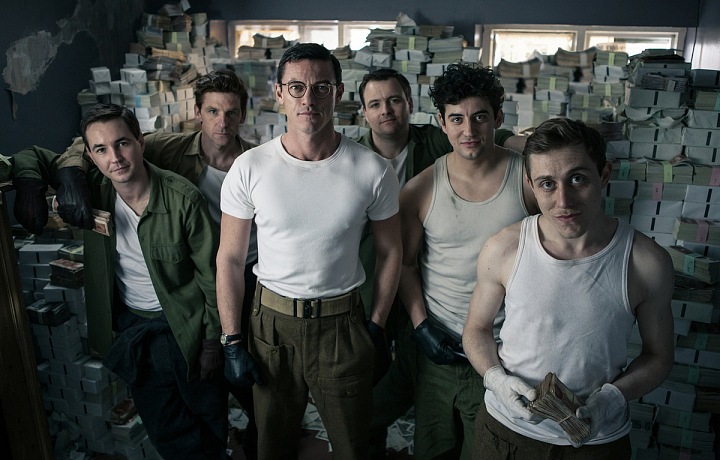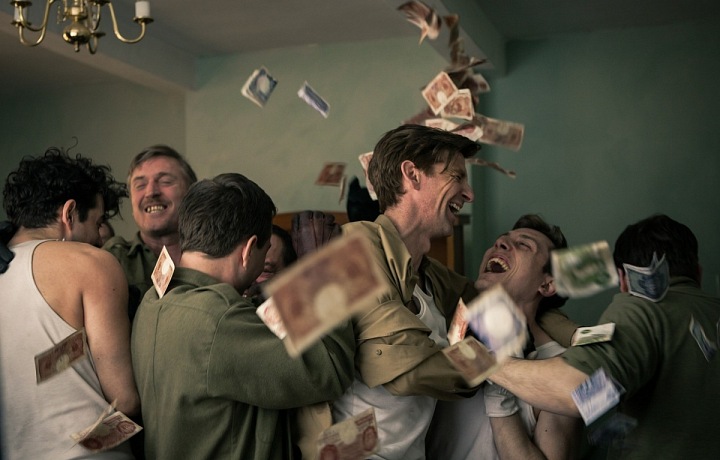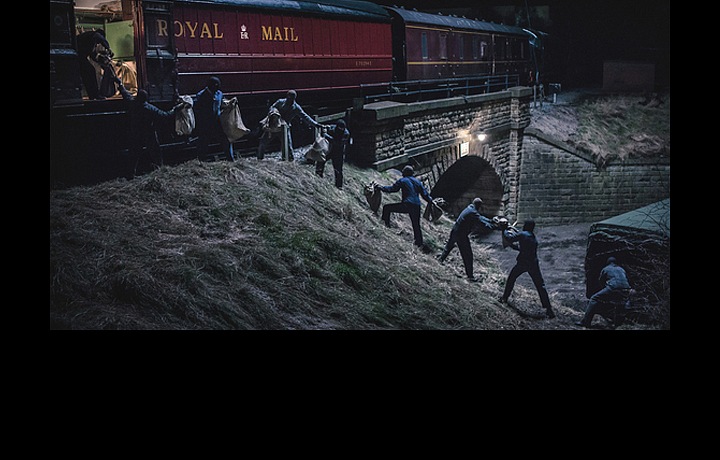The Great Train Robbery or the Journey to 5 million Euros
Almost everyone knows this luxurious story. Several films were shot on its motives. The most recent of them (“The Great Train Robbery”) was filmed in 2013 as a two-part miniseries which starred Luke Evans.
Crimes that are worthy of admiration?
Does it also often happen to you that without wanting to you wish a victory to a negative hero in a movie, a book, or simply in a story? In regard to The Great Train Robbery story that has entered into the history of forensics, you may feel the same thing, even though it was a serious and a crime that led to convictions. The 12-member gang and their work are worthy of admiration, however, and they also have a lot of admirers around the world, especially for their courage and their uniquely thoughtful action.
The unique luxury rail of the Royal Postal Train
The whole plan was thoroughly thought out. The Royal Postal Train was stopped by false signalling that took place at an abandoned location near the village of Cheddington. The criminals stunned the driver, detained the staff and disconnected the remaining wagons. So the train composed of a locomotive and a wagon carrying a luxurious load of money continued further with only a group of criminals. By the Brigedo Viaduct a freight wagon was already prepared into which the money was transferred. This was the luxurious sum of 2.63 million Euros, which today corresponds to approximately 50 million Euros. And so for the robbers it was definitely worth the risk.
Inattention in the fatal farm
The criminals then saved the money in a safe place: at an estate in Oxfordshire County. But they did not have too long for enjoying it. Although they were wearing balaclavas and gloves, the police found evidence on the farm, where fingerprints and other artefacts were found, that led to the capture of the thieves.
A perfect crime without a single shot
No firearms were used throughout the action. The only damage to health was that of the driver, Jack Mills, who never returned to drive the train because of his psychic shock. Yet some of the convicted entities had been given prison sentences of up to 30 years. At the same time, it was also the longest trial in English court history.














